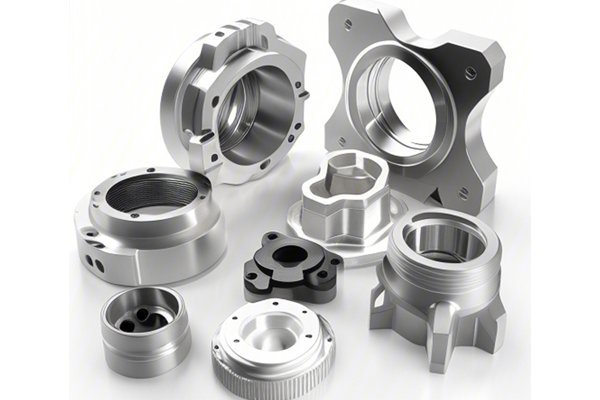In the dynamic world of manufacturing, the precision of component dimensions can spell the difference between success and failure. The rise of Computer Numerical Control (CNC) machining has revolutionized the manufacturing landscape, bringing about unparalleled levels of accuracy, efficiency, and scalability. Among various materials, aluminum alloy has gained notable prominence due to its lightweight nature and corrosion resistance properties. However, ensuring dimensional accuracy in the CNC processing of aluminum alloy shells poses unique challenges. This comprehensive guide aims to shed light on the essential factors influencing dimensional accuracy, effective techniques for maintaining it, and the high standards upheld by YL Machining.
The Importance of Dimensional Accuracy
Dimensional accuracy refers to the degree to which the physical dimensions of a manufactured part conform to the specified criteria. In CNC machining, this means the parts produced must match the design specifications laid out in engineering blueprints.
Why is Dimensional Accuracy Critical?
Understanding the CNC Machining Process
CNC machining is an automated process that utilizes pre-programmed software to control the movement of manufacturing tools and machinery. The process can be broken down into several key stages:
Key Factors Influencing Dimensional Accuracy
Ensuring dimensional accuracy in CNC machining can be influenced by various factors:
Understanding the properties of aluminum alloys is vital. Factors such as hardness, tensile strength, and thermal expansion can influence how the material behaves during machining operations.
Routine verification and calibration of CNC machines are essential for maintaining accuracy. This includes:

Precise tool selection distinguishes high-quality machining from subpar outputs. Factors to consider include:
The selection of appropriate machining parameters plays a significant role:
The workplace environment can affect CNC machining outcomes:
Techniques for Ensuring Dimensional Accuracy
Incorporating effective strategies can significantly enhance dimensional accuracy during CNC processing:
Quality control measures, including Statistical Process Control (SPC), can be employed to monitor process stability. This may include:
Utilizing tailored fixtures and jigs can ensure stable and accurate work-holding, minimizing movement during machining and enhancing dimensional fidelity.
Modern technologies such as five-axis machining can evolve the machining process by allowing more complex and precise shapes to be manufactured in a single setup, eliminating errors associated with multiple setups.
Ensuring that your workforce is well-trained in CNC operations and aware of the latest machining practices can significantly mitigate risks associated with human error.
In conclusion, ensuring dimensional accuracy in CNC processing of aluminum alloy shells at YL Machining is more than just a process; it’s a commitment to quality and precision. With a detailed understanding of the influencing factors and proactive strategies in place, we remain dedicated to providing our clients with high-quality machined components that meet the stringent demands of modern manufacturing.
In an industry where the smallest inch can result in vast implications, our focus at YL Machining on dimensional accuracy isn’t just a value proposition—it’s a vital component of our operational philosophy. By investing in the right technologies, practices, and talent, we position ourselves as leaders in the field, ensuring that our products not only meet expectations but often exceed them.
For inquiries, custom solutions, or further information about our processes, don’t hesitate to contact YL Machining. Together, let’s achieve precision and excellence in every aspect of CNC machining.






